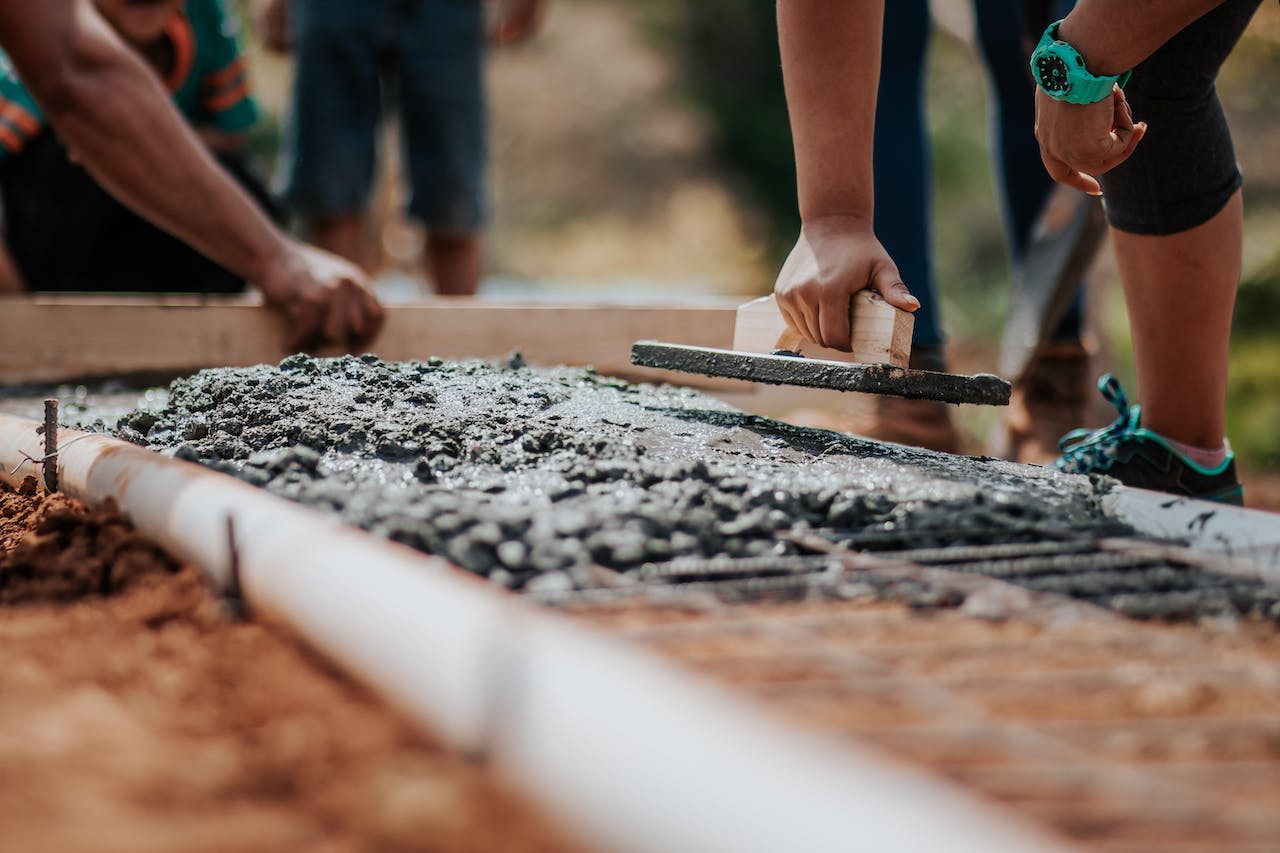Ensuring the structural integrity of a building hinges on a robust foundation, necessitating swift attention to any indications of settlement or damage. Pressed piers, commonly referred to as push piers, have emerged as a dependable remedy for stabilizing and elevating foundations impacted by settlement issues. In this in-depth guide, we’ll navigate through the realm of pressed piers, shedding light on their advantages, installation process, and why they’ve gained popularity in the realm of foundation repair.
Understanding Pressed Piers:
Pressed piers, composed of steel tubes, undergo hydraulic driving or “pressing” into the soil beneath a foundation until they reach load-bearing strata. This load-bearing strata serves as a steadfast base for the piers, effectively hoisting and supporting the foundation. Widely employed for addressing concerns related to foundation settlement, soil consolidation, and structural instability, this method has become a trusted solution.
Advantages of Pressed Piers:
Cost-Effective Solution:
Pressed piers present a cost-effective alternative compared to other foundation repair methods. Their swift installation minimizes labor costs, and the process generally requires less excavation, making them a financially prudent choice.
Minimally Invasive:
The installation of pressed piers is minimally invasive, causing minimal disruption to both the landscaping and the structure of the property. This appeals to homeowners seeking to rectify foundation issues without significant disturbance.
Stabilizes and Lifts Foundations:
Beyond stabilization, pressed piers boast the capability to lift a compromised foundation back to its original position. This dual functionality renders them particularly effective in addressing settlement problems comprehensively.
Suitable for Various Soil Conditions:
A distinctive advantage of pressed piers is their adaptability. They can be seamlessly installed in various soil conditions, including clay, sand, and loam, providing a versatile solution for diverse geographical locations.
Installation Process:
Site Assessment:
The process commences with a meticulous assessment of the foundation and soil conditions, determining the extent of settlement and optimal pier placement.
Excavation:
Small excavations are strategically made around the foundation’s perimeter to access the footing, facilitating a precise installation.
Bracket Placement:
Steel brackets are positioned beneath the footing at predetermined intervals, providing essential support for the pressed piers.
Hydraulic Pressing:
Utilizing hydraulic equipment, the steel piers are expertly driven into the soil until they reach the load-bearing strata. This crucial step ensures effective lifting and stabilization of the foundation.
Grouting (Optional):
In certain scenarios, grout may be injected into the soil surrounding the piers, further augmenting stability.
Pressed piers have emerged as a preferred solution for homeowners and contractors grappling with foundation settlement concerns. Their cost-effectiveness, minimal invasiveness, and ability to both stabilize and lift foundations make them a reliable choice. If you observe signs of foundation settlement, such as wall cracks or uneven floors, consulting a professional foundation repair specialist is the initial step toward ensuring your home’s long-term stability. Consider pressed piers as a viable option to restore your foundation’s integrity, providing enduring peace of mind.
